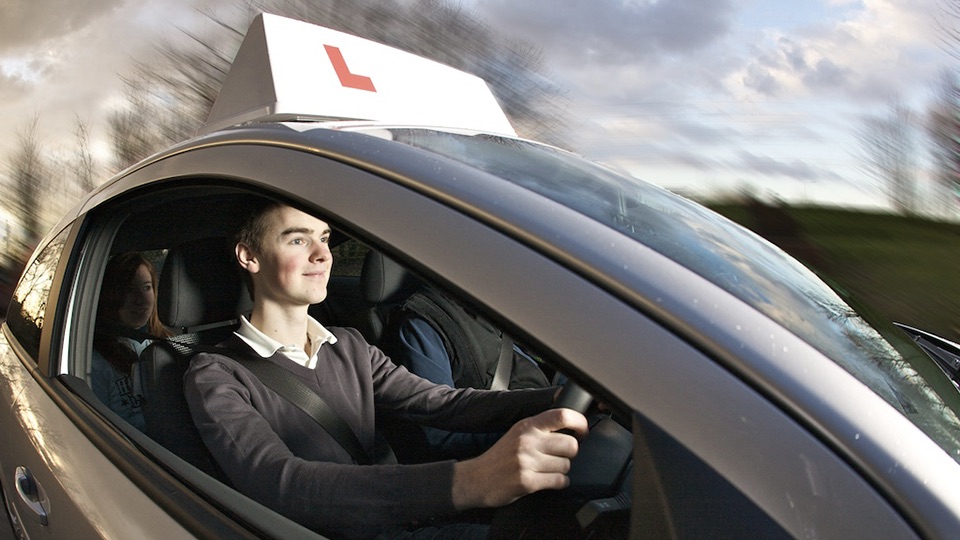Thousands of young Britons hoping to gain their independence behind the wheel are being stalled by a growing crisis in the driving test system, with learners now waiting over six months for a slot at more than half of the country’s test centres.
According to the latest figures from the Driver and Vehicle Standards Agency (DVSA), a staggering 183 driving test centres across Britain now have average waiting times of more than six months—a figure that has nearly doubled in just one year. Nationally, the average wait for a practical test has jumped from three and a half months to five.
The knock-on effects are severe. Rising stress, financial pressure, and even career setbacks are becoming part of the driving test journey for a generation that’s increasingly stuck in first gear. Many jobs require a full licence to apply, meaning test delays are now acting as a barrier to employment for some.
In a bid to stop the chaos, the DVSA has introduced tougher rules for booking and cancelling tests in an effort to shut down a thriving black market of resold test slots. These changes specifically target instructors reserving tests for students they don’t teach or booking without a genuine learner in mind.
The agency is also cracking down on so-called ‘resale services’—third-party businesses snapping up appointment slots using automated bots and selling them at inflated prices, often as high as £300. These bots exploit instructor credentials to bulk-book early morning test releases faster than human users can react, freezing real learners out of the system.
While the DVSA has already shut down 800 business accounts linked to such abuse, critics argue the root issue—chronic lack of test availability—remains unresolved. “If there were enough tests to meet demand, these dodgy services wouldn’t have a market,” said one industry insider.
To tackle the shortage, the DVSA has announced plans to recruit 450 new examiners this year in a push to reduce waiting times to an average of seven weeks. However, with around 130 examiners expected to leave the workforce, the net increase is likely to be closer to 320—raising doubts about whether the goal is realistic.
For now, Britain’s learners remain stuck in a bureaucratic bottleneck, watching the calendar while their hopes of hitting the road continue to be postponed. Until meaningful capacity is added to the system, it seems the long wait will remain part and parcel of learning to drive.
